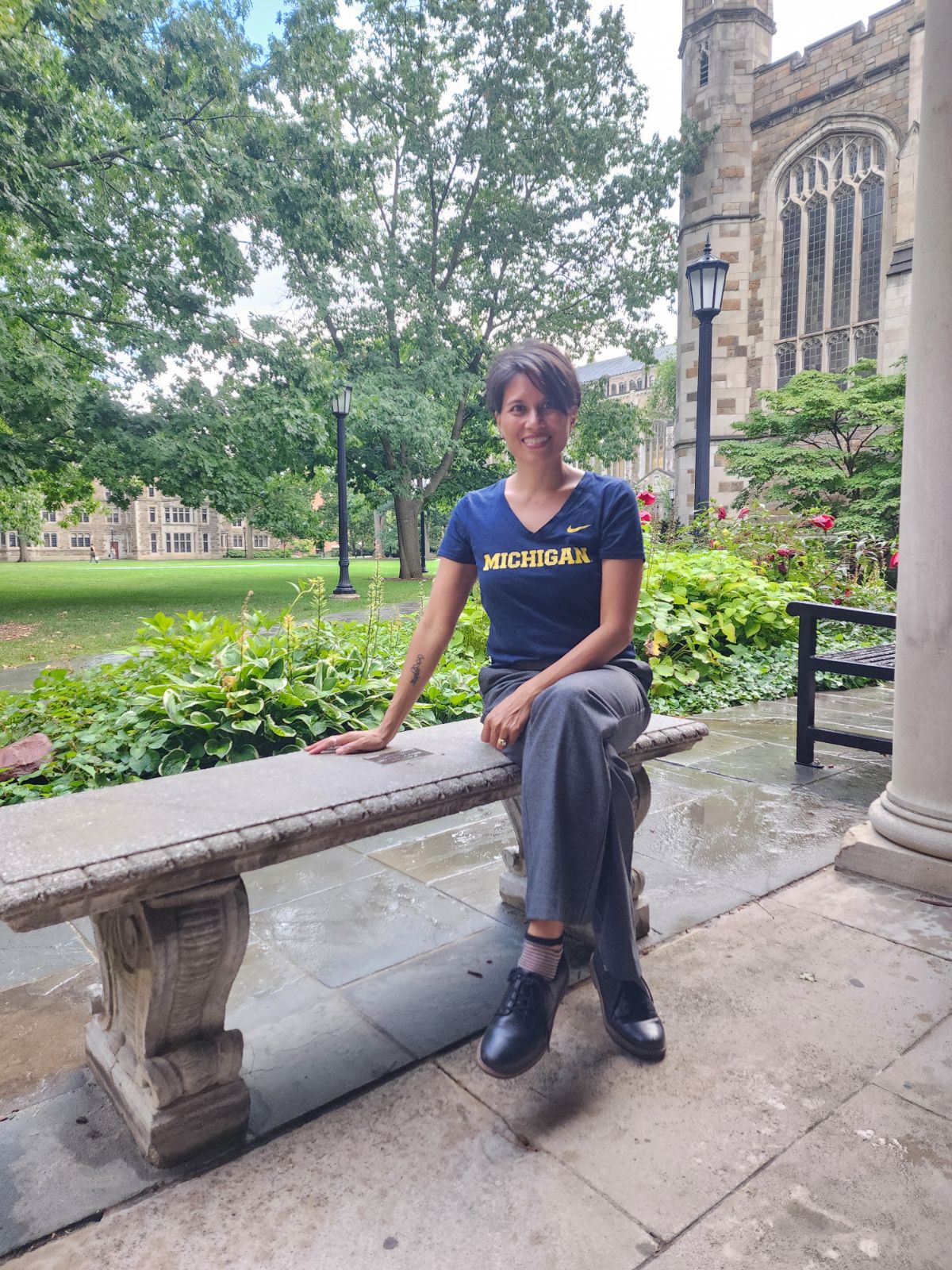Welcome to Dietetics, a Creative Field
- Joyce Patterson
- Dec 8, 2023
- 2 min read

Greetings, fellow RDNs, both new and seasoned! I welcome you to small plates, a blog dedicated to the art of nutrition and health education.
Many of us were drawn to this field for the science, the therapeutic effect that food can have on health. From phytochemicals to prebiotics, nutrition is the cornerstone of disease prevention and management. We are the champions of complex carbohydrates and the hawkers of healthy fats.
But I'm preaching to the choir. This part we knew going into training, and continue to hone our expertise in the field.
What may have been a surprise, however, is the creative aspect of the job. Not only must we be science geeks, but we must also develop a range of artistic skills--writing, design, motivational speaking, storytelling. Our expertise in nutrition science allows us to identify therapeutic diet approaches that will help our patients. Communication arts, however, allows us to relay that information to our patients in ways that educate, resonate, and motivate. Whether we are addressing a young mother's perception of breastfeeding or describing the meaning of insulin resistance to a group of diabetes education participants, an educator's presentation style will determine how well the patient receives the information.
Communication skills, however, are not extensively covered in dietetics programs. While we learn about motivational interviewing and active listening, how we answer questions can impact the overall patient experience. We embrace patient-centered care and shared-decision making, but the delivery of information can come in a variety of forms. For many people, receiving multiple modes of teaching can improve learning and recall.
Dietetic interns are often tasked with creating educational handouts. Practicing RDNs often design the materials, presentations, and telehealth tools used in their programs. Teaching and presentation style may require some skill in the performance arts as we must exude objectivity, enthusiasm, and positive energy, even on tough days.
For myself, dietetics was a second career, a passion born of necessity as I observed the direct impact of food on my family. From food allergies to GI conditions to diabetes, I came to understand the critical role nutrition played in my loved ones, and wanted to help others who also have nutrition-related concerns--which, in the long run, is everybody.
Ironically, I found that the skills I developed in my first career in marketing and advertising are similarly applied in health education. Like marketing professionals, RDNs must know their target audience and develop the messages that will motivate them to take action. A resonating image, a clarifying illustration, a relatable story--all presented in clear language--can reach a patient in ways prescriptive diets and nutrition guidelines cannot. The success of TED talks--brief presentations using technology, entertainment, and design--are testament to the educational and motivational impact of creative communications. In nutrition counseling and education, this same approach can catch a patient's attention, cause them to lean in and say, "nobody ever explained it to me that way before."
For the patient, good communication can bridge the gap between receiving information and applying the information.
Through this blog, I explore the fundamentals of health communications, from the basics of graphic design to the complexity of health literacy. Read on to find out how small plates and platemethodpics.com can help you further hone your skills in communicating with--and connecting to--your patients.












Comments